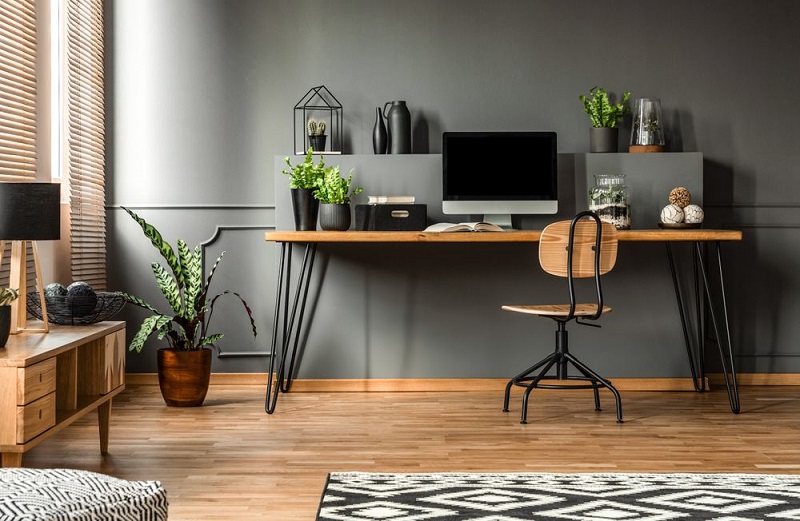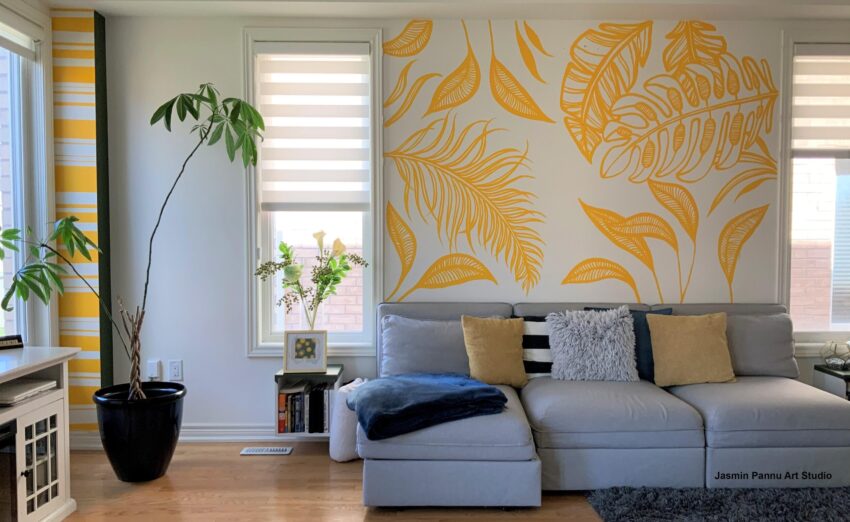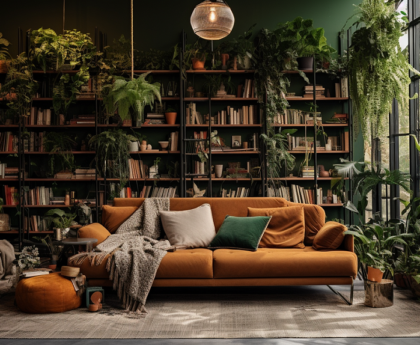In today’s dynamic work landscape, a well-designed home office is the cornerstone of productivity and focus. It’s not just about a desk and a chair—it’s about creating a space that fosters creativity, minimizes distractions, and promotes comfort. In this guide, we’ll explore a range of renovation ideas to help you transform your home into a productive and comfortable workspace.
Have you ever stepped into a well-organized, aesthetically pleasing home office and felt an instant boost in motivation? A purposefully designed home office isn’t just a physical space; it’s an environment that empowers you to do your best work.
1. Ergonomics: Prioritizing Health and Comfort
The foundation of a productive home office lies in ergonomics. Invest in an adjustable chair, an ergonomic desk, and consider adding accessories like a monitor stand and keyboard tray. It’s like customizing your workspace to fit your body perfectly, ensuring hours of comfortable and pain-free work.
2. Lighting: Balancing Brightness and Ambiance
Proper lighting is crucial for productivity. Optimize natural light by positioning your desk near a window. Supplement with task lighting like a desk lamp, and consider ambient lighting to create a warm and inviting atmosphere. It’s like fine-tuning the lighting in a photography studio—every angle and intensity matters.
3. Organization: Minimizing Clutter, Maximizing Focus
A cluttered desk can lead to a cluttered mind. Invest in storage solutions like shelves, cabinets, and drawers to keep your workspace tidy. Use organizers for pens, papers, and cables. It’s like having a well-organized toolbox—everything has its place, and you can focus on the task at hand.
4. Personalization: Adding Your Unique Touch
Your home office should reflect your personality and style. Choose decor, artwork, and colors that inspire you. It’s like curating an art gallery—each piece tells a story and contributes to the overall ambiance.
5. Soundproofing: Creating a Serene Work Environment
A peaceful workspace can make all the difference. Consider adding sound-absorbing materials like rugs, curtains, or acoustic panels. It’s like creating a cocoon of tranquility, shielding you from outside distractions.
6. Tech Integration: Streamlining Connectivity
A seamless tech setup is essential for a modern home office. Invest in reliable internet, ergonomic peripherals, and quality audio/video equipment for virtual meetings. It’s like having a control center at your fingertips, ensuring smooth communication and workflow.
7. Greenery: Bringing Nature Indoors
Plants not only add a touch of natural beauty but also contribute to a healthier indoor environment. Consider adding potted plants or a small indoor garden to your home office. It’s like having a slice of nature right in your workspace, boosting mood and productivity.
8. Flexibility: Adapting to Changing Needs
A versatile home office allows for different modes of work. Consider movable furniture, collapsible desks, or a standing desk converter. It’s like having a Swiss army knife for your workspace—adapting to whatever task is at hand.
FAQs:
Q: How do I choose the right ergonomic furniture for my home office?
A: Look for adjustable features in chairs and desks, ensuring they can be customized to your body’s needs. Test out different options to find what feels most comfortable for you.
Q: What are some budget-friendly ways to improve my home office?
A: Consider DIY projects, repurpose existing furniture, and focus on high-impact, low-cost updates like adding lighting, organizing supplies, and incorporating plants.
Q: How can I reduce screen glare in my home office?
A: Position your monitor perpendicular to windows to minimize glare. Consider using an anti-glare screen protector or adjusting your monitor’s brightness and contrast settings.
Q: How can I create a designated workspace in a small living area?
A: Use space-saving furniture, like a wall-mounted desk or a foldable desk, to create a dedicated workspace. Use dividers or screens to visually separate the area from the rest of the room.
Q: What are some tips for maintaining a healthy work-life balance in a home office?
A: Set clear boundaries for work hours, take regular breaks, and designate specific areas for work and relaxation. Establishing a routine and sticking to it can help maintain a healthy balance.







